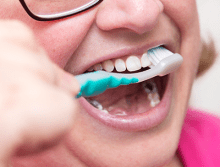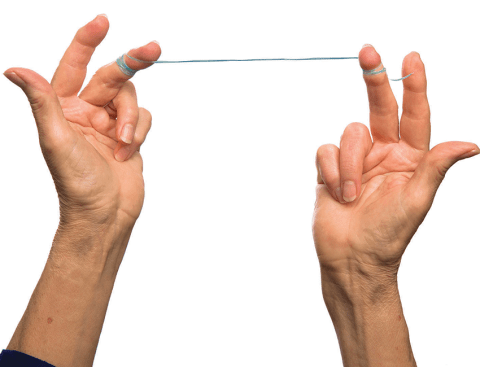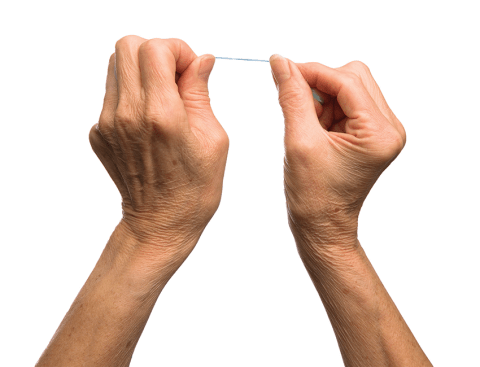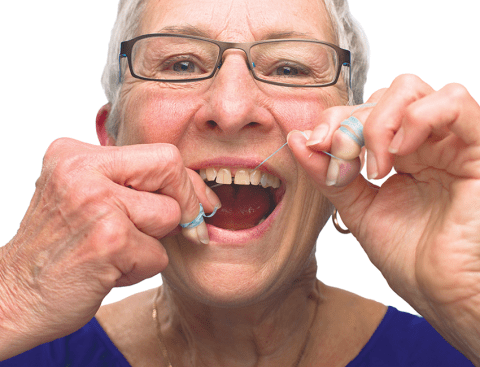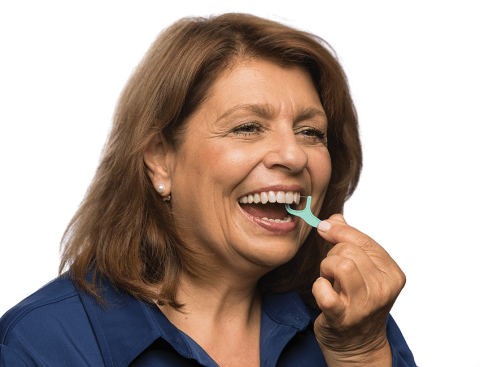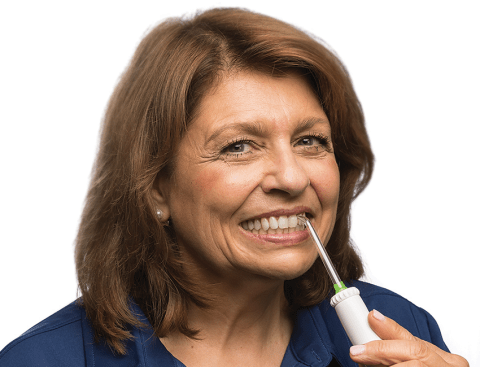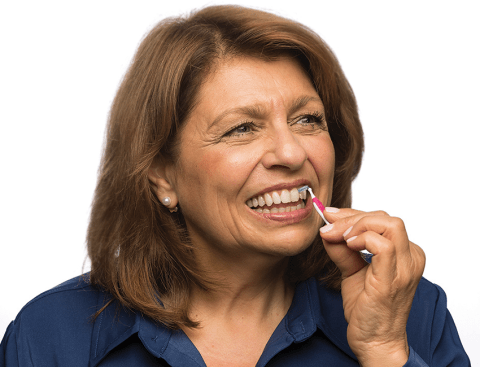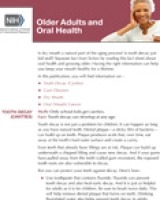Oral Hygiene
On this page
Overview
Good oral health helps you enjoy life. It lets you: speak clearly; taste, chew, and swallow delicious and nutritious foods; and show your feelings through facial expressions such as smiling.
If you protect your oral health with good oral hygiene practices (brushing and flossing), the odds are in your favor you can keep your teeth for a lifetime.
Brush Your Teeth
To keep your teeth healthy, it is important to remove dental plaque, a sticky, colorless film of bacteria. Plaque buildup can cause tooth decay and gum disease.
Even teeth that already have fillings are at risk for tooth decay. Plaque can build up underneath a chipped filling and cause new decay. And if there are areas in your mouth where your gums have pulled away from the teeth (called gum recession), the exposed tooth roots can decay as well.
Dental plaque is hard to see. You can see it more easily if you stain it. After you brush your teeth, chew “disclosing tablets” (which you can buy at a drug store), or brush with a special disclosing toothpaste. The color will show you where there is still plaque, and you can then brush those areas again to remove it. (Parents – Disclosing tablets can also be very helpful for teaching children how to do a good job brushing their teeth!)
Brushing tips:
- Use fluoride toothpaste. Fluoride is what protects teeth from tooth decay (cavities). It prevents decay by strengthening the tooth’s hard outer surface, called enamel.
- Angle the bristles toward the gumline, so they clean between the gums and teeth.
- Brush gently using small, circular motions. Do not scrub hard back and forth.
- Brush all sides of each tooth.
- Brush your tongue.
And, remember to replace your toothbrush when the bristles become worn.
Clean Between Your Teeth
Cleaning between teeth to remove plaque is also part of a good oral hygiene routine. If plaque is not removed, some of it can harden below the gum line and irritate the gums. The gums become red, swollen, and may bleed easily. These are signs of gingivitis. Gingivitis caused by plaque buildup is a mild form of gum disease, and you can usually reverse it with daily brushing and flossing.
If plaque stays on your teeth for too long, it can harden. This hardened plaque is called calculus, or tartar. The only way to remove tartar is to have your teeth cleaned by a dentist or dental hygienist. If the tartar is not removed, the gingivitis can get worse and lead to more severe gum (periodontal) disease. In advanced stages, gum disease causes sore, bleeding gums; painful chewing problems; loose teeth; and even tooth loss.
Floss to remove plaque, and food particles, from between your teeth.
Flossing tips:
Some people find flossing difficult because of arthritis or other issues. If it’s too hard to hold floss, try a plastic or wooden dental pick or one of these:
Back to topHelpful Tips
Follow these tips to keep your teeth and gums healthy:
- Brush your teeth twice a day with a fluoride toothpaste.
- Clean between teeth regularly, aiming for once a day. Use dental floss or a special brush or wooden or plastic pick recommended by a dental professional. Or try a floss holder, floss threader, or water flosser.
- Visit the dentist for routine check-ups and professional cleaning.
- If you are at a high risk for tooth decay (for example, if you have a dry mouth because of medicines you take), your dentist or dental hygienist may give you a fluoride treatment, such as a varnish or foam during the office visit. Or, the dentist may recommend a fluoride gel or mouth rinse for home use.
- If you are at higher risk for gum disease because of a medical condition (for example, diabetes), your dentist may want to see you more frequently.
- Drink fluoridated water. Drinking water with the right amount of fluoride protects your teeth throughout the day. Learn the fluoride content of your community’s water here or check with your water utility company.
- Don’t smoke. Smoking increases your chance of gum disease. If you smoke and want to quit, there are many resources to help you: FDA’s Center for Tobacco Products, CDC’s Quit Smoking website, and the BeTobaccoFree.gov website.
- If you are planning to become pregnant, have a dental checkup. Because of hormonal changes, pregnant women may develop gingivitis and experience gums that are swollen and bleed easily. During pregnancy, it is especially important to practice good oral hygiene to maintain the health of your gums.
- Eat a well-balanced diet. Limit sweets and sugary drinks, such as soda.
Additional Resources
- Oral Health & Older Adults
Information from NIDCR of interest to older adults on tooth decay, gum disease, dry mouth, and oral cancer. - Children’s Oral Health
Information from NIDCR of interest to parents of young children. - Basics of Oral Health
Information from the CDC on how to care for your teeth at any age. - Adult Oral Health
Information and oral health tips from the CDC. - Oral Health
Information from the U.S. Department of Health and Human Services Office on Women’s Health that answers questions about women’s oral health, including oral health and pregnancy. - MedlinePlus: Tooth Decay
The NIH National Library of Medicine's collection of links to government, professional, and non-profit/voluntary organizations with information on tooth decay. - MedlinePlus: Gum Disease
The NIH NLM collection of links to government, professional, and non-profit/voluntary organizations with information on gum disease.
Related Publications
Back to topOral Hygiene Research from NIDCR
December 2024

